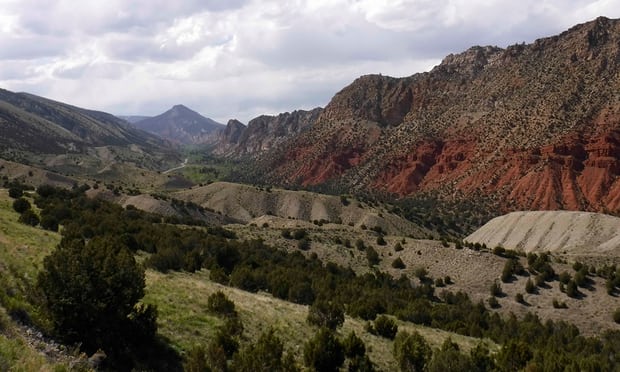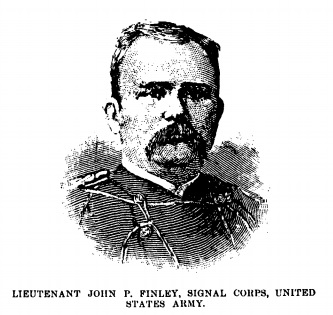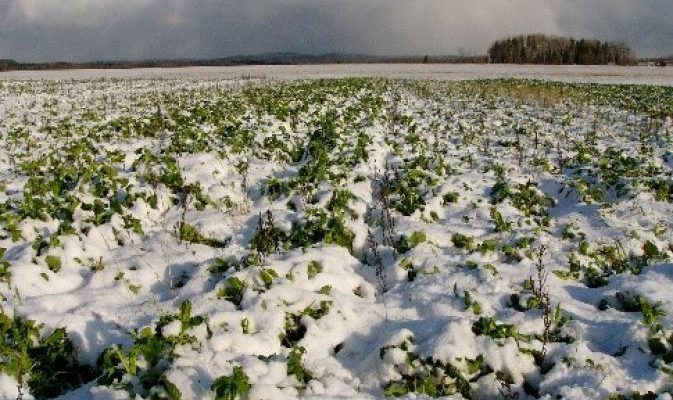Climate and Ag in the news
-

The Packer noted this week that due to almost ideal weather conditions in February, Florida tomatoes are looking very good and should provide a bountiful harvest this year. Weather problems earlier in the winter reduced production but the warm weather in recent weeks has caused them to ripen quickly. You can read the article here.
-

If you want to understand future climate, it’s important to understand what happened in the past. The Guardian posted an article this week about some new research on the causes of the end of the Permian geologic period 252 million years ago. During this great extinction, 70 percent of land vertibrate species and 90 percent…
-

Every month NOAA publishes a monthly climate summary which contains information about the ranking of temperature and precipitation by state, climate division, and region as well as statistics on how warm or cold, wet or dry each region is. But there is a wealth of additional information you might not know about. Deke Arndt of…
-

One of the reasons that you can’t just use historical trends in data over time to predict future climate is that there are often feedback loops that amplify the changes in temperature that may occur in the future. One of these feedback loops is the change in albedo (reflectance of sunlight) due to melting of…
-

Climate.gov has an excellent discussion of why February set records for high temperatures across the Southeast. The short answer is that it is related to the very wavy winds that occurred during the month, which brought cold weather to the western US at the same time that we were toasting in the East. You can…
-

For those of you interested in severe weather and tornadoes, you will enjoy reading this journal article about the first known tornado forecast that was ever made. J. P. Finley was a military meteorologist who was fascinated by severe weather, especially tornadoes, and spent a lot of time studying how they formed. He made his…
-

Drovers’ Newletter posted an interesting story today about the impacts of severe weather on forage quality and quantity. Flooding, drought, and high humidity all played a role in affecting forage production in 2017. This is a timely topic for me since I spoke today at a short course on forage and hay in Burke County,…